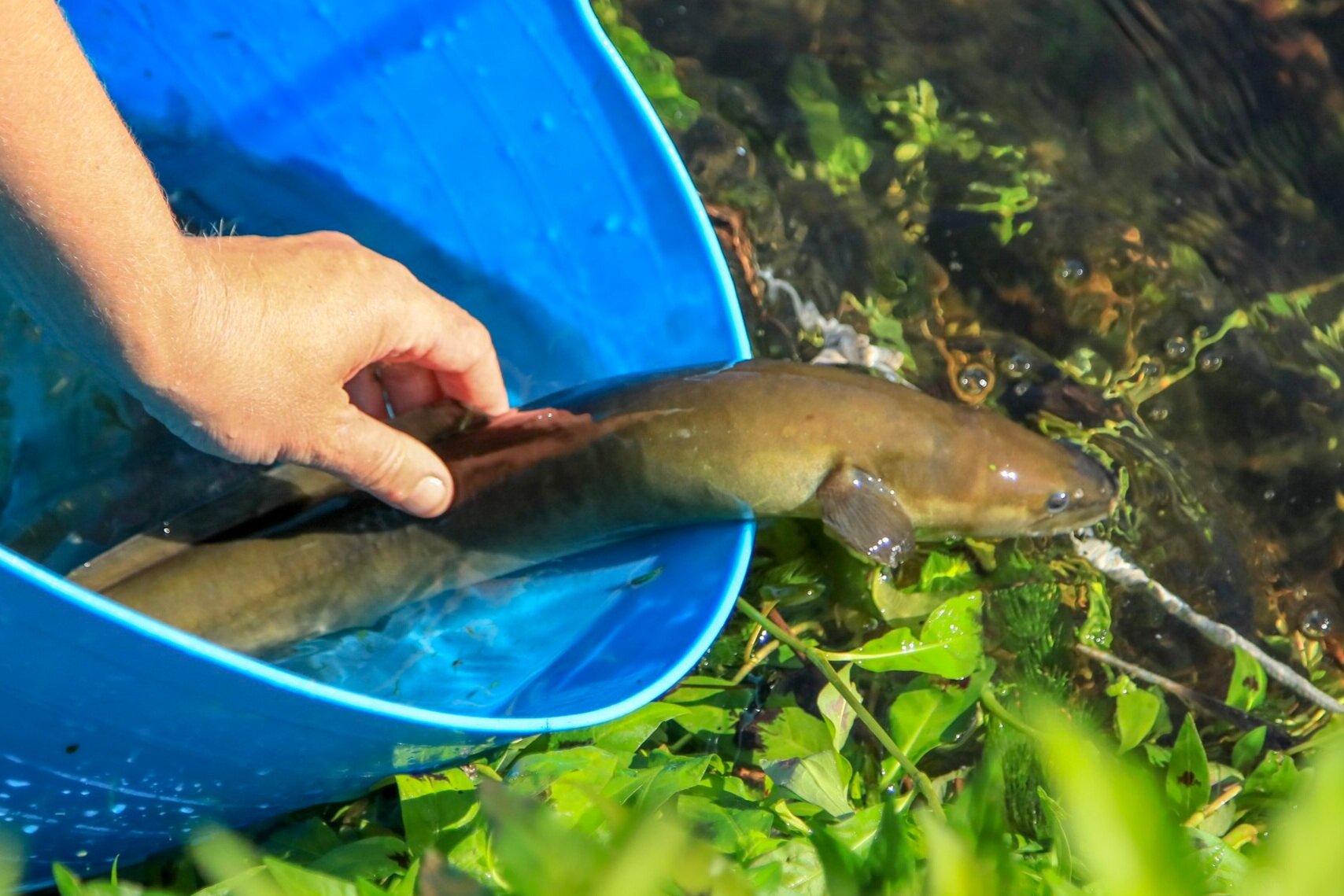Ruamāhanga River
The mighty Ruamāhanga River weaves its way from deep in the rugged Tararua Ranges through all five Wairarapa townships before reaching Lake Ōnoke.The largest river in the Wairarapa, the Ruamāhanga is very important to mana whenua and has a rich and fascinating history.
The Ruamāhanga was named by Haunui-a-na-naia, the same famous ancestor who named the Wairarapa. The name Ruamāhanga means ‘the two forks of the tree’. Haunui-a-na-naia was travelling down the river when he came upon two birds caught in a bird snare (pae) set in the fork of a tree. He ate the birds which provided him with enough energy to continue his trip. This led him to name the river Ruamāhanga, with ‘Rua’ meaning two and referring to the two birds and ‘mahānga’ meaning twin, referring to the fork of the tree.
There was a very sacred place where the Ruamāhanga River used to meet Lake Wairarapa called a whare kōhanga. When babies were born, the whenua (placenta) was buried here. Babies would be taken to the river where an orioiri was composed for them. This is a special song written for a child of rank that might talk about genealogy and significant historical events.
Getting here
The Ruamāhanga traverses the Wairarapa from its headwaters northwest of Masterton to its outlet at Lake Ōnoke. There are a number of popular swimming spots along the river, including at Black Rock Road and Double Bridges north of Masterton. Go to the Destination Wairarapa website to find out more.
Ko Ruamāhanga te awa
By Rawiri Smith (Ngāti Kahungunu ki Wairarapa)







